Author Photo And Bio
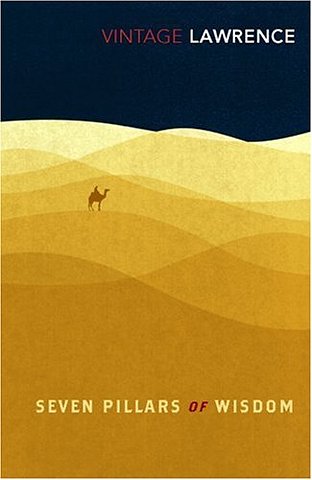 1. Seven Pillars of Wisdom by T. E. Lawrence (1925). Lawrence feared that his account of the Arab revolt he helped lead against the Ottoman Empire during World War I was “too human a document.” His form of warfare, composed of Bedouin raids, heartened a generation sickened by the mechanized slaughter of Flanders Fields. This sexually ambiguous, daring archaeologist fascinates us for the same reason we still read The Iliad: our need for stirring examples of grace under pressure.
1. Seven Pillars of Wisdom by T. E. Lawrence (1925). Lawrence feared that his account of the Arab revolt he helped lead against the Ottoman Empire during World War I was “too human a document.” His form of warfare, composed of Bedouin raids, heartened a generation sickened by the mechanized slaughter of Flanders Fields. This sexually ambiguous, daring archaeologist fascinates us for the same reason we still read The Iliad: our need for stirring examples of grace under pressure.
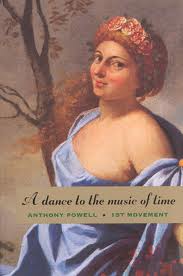 2. A Dance to the Music of Time by Anthony Powell (1951–75). Powell’s panoramic series of twelve freestanding novels, grouped in four “movements,” charts the careers of four public-school friends from 1921 to 1971 against the backdrop of rapidly changing London. Built mosaic-like from many intimate, seemingly inconsequential encounters and scenes, the narrative moves with the pace, prismatic glitter, and cumulative force of a glacier, sweeping along sex, art, business, politics, and values in its wake. Devotees, who consider Powell to be England’s answer to Proust, praise the elegant style, intricate plotting, and above all the masterly characterizations, in a work that encompasses comedy, tragedy, and realism.
2. A Dance to the Music of Time by Anthony Powell (1951–75). Powell’s panoramic series of twelve freestanding novels, grouped in four “movements,” charts the careers of four public-school friends from 1921 to 1971 against the backdrop of rapidly changing London. Built mosaic-like from many intimate, seemingly inconsequential encounters and scenes, the narrative moves with the pace, prismatic glitter, and cumulative force of a glacier, sweeping along sex, art, business, politics, and values in its wake. Devotees, who consider Powell to be England’s answer to Proust, praise the elegant style, intricate plotting, and above all the masterly characterizations, in a work that encompasses comedy, tragedy, and realism.
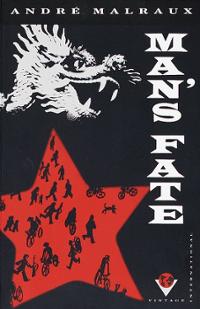 3. Man’s Fate by André Malraux (1933). Chronicling the communist uprising against Chiang Kai-shek’s nationalists in Shanghai in 1927, this novel is a revolutionary’s cookbook. It shows the planning and politics of the insurrection, the street battles that accompanied it, and the successful, remorselessly cruel nationalist counterattack (the nationalist general throws captured communists in the furnaces of a train). When the book was published in 1933, the Chinese revolution looked kaput. When the communists triumphed in 1948, it seemed prophetic.
3. Man’s Fate by André Malraux (1933). Chronicling the communist uprising against Chiang Kai-shek’s nationalists in Shanghai in 1927, this novel is a revolutionary’s cookbook. It shows the planning and politics of the insurrection, the street battles that accompanied it, and the successful, remorselessly cruel nationalist counterattack (the nationalist general throws captured communists in the furnaces of a train). When the book was published in 1933, the Chinese revolution looked kaput. When the communists triumphed in 1948, it seemed prophetic.
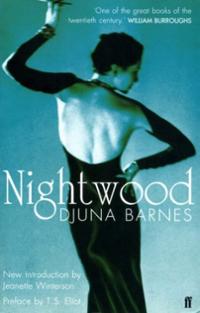 4. Nightwood by Djuna Barnes (1936). Following the painful end of an eight-year lesbian relationship, Barnes crafted this avant-garde novel that explores love, desire, and obsession in rich lyric prose. Set mostly in Paris during the years between the world wars, Nightwood revolves around the mysterious Robin Vote and the two lovers she abandoned: her German husband, Baron Felix Volkbein, and an American woman, Nora Flood. Heartbroken and confused, the spurned lovers seek advice from a most unlikely source, an alcoholic transvestite named Dr. Matthew Dante O’Connor, whose solipsistic stream of consciousness ramblings suggest the mysteries and miseries of romantic love.
4. Nightwood by Djuna Barnes (1936). Following the painful end of an eight-year lesbian relationship, Barnes crafted this avant-garde novel that explores love, desire, and obsession in rich lyric prose. Set mostly in Paris during the years between the world wars, Nightwood revolves around the mysterious Robin Vote and the two lovers she abandoned: her German husband, Baron Felix Volkbein, and an American woman, Nora Flood. Heartbroken and confused, the spurned lovers seek advice from a most unlikely source, an alcoholic transvestite named Dr. Matthew Dante O’Connor, whose solipsistic stream of consciousness ramblings suggest the mysteries and miseries of romantic love.
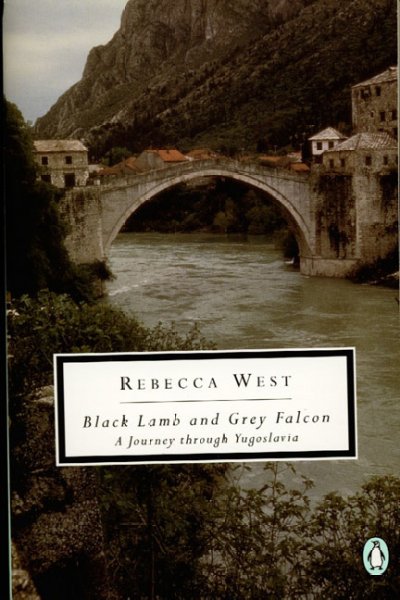 5. Black Lamb and Grey Falcon: A Journey Through Yugoslavia by Rebecca West (1941). While England slept, West clearly saw the danger of Hitler, who embodied for her the “genius of murder which has shaped our recent history.” Her account of a trip from Dalmatia to Kosovo reads like the cry of a modern Cassandra. As she details the stirrings of blind ethnic hatred among the Serbs and Croats, she offers a preview of nightmares to come.
5. Black Lamb and Grey Falcon: A Journey Through Yugoslavia by Rebecca West (1941). While England slept, West clearly saw the danger of Hitler, who embodied for her the “genius of murder which has shaped our recent history.” Her account of a trip from Dalmatia to Kosovo reads like the cry of a modern Cassandra. As she details the stirrings of blind ethnic hatred among the Serbs and Croats, she offers a preview of nightmares to come.
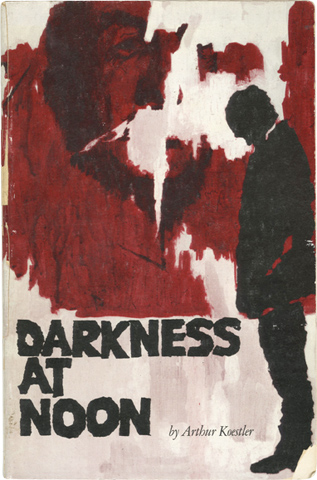 6. Darkness at Noon by Arthur Koestler (1940). An old Party member is arrested for treason in Stalin’s Russia. As his interrogators try to pry a false confession out of Rubashov, the state’s twisted logic —that Rubashov’s innocence, and his identity itself, are bourgeois luxuries compared to the task of preserving the revolution from exterior threats —is exposed in this novel, which deeply influenced how intellectuals in the West and dissidents in the East interpreted the Cold War experience.
6. Darkness at Noon by Arthur Koestler (1940). An old Party member is arrested for treason in Stalin’s Russia. As his interrogators try to pry a false confession out of Rubashov, the state’s twisted logic —that Rubashov’s innocence, and his identity itself, are bourgeois luxuries compared to the task of preserving the revolution from exterior threats —is exposed in this novel, which deeply influenced how intellectuals in the West and dissidents in the East interpreted the Cold War experience.
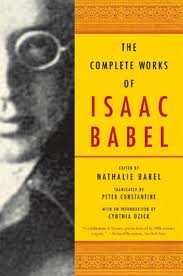 7. Stories of Isaac Babel (1894–1940). “Let me finish my work” was Babel’s final plea before he was executed for treason on the orders of Josef Stalin. Though incomplete, his work is enduring. In addition to plays and screenplays, some in collaboration with Sergei Eisenstein, Babel made his mark with The Odessa Stories, which focused on gangsters from his native city, and even more important, the collection entitled Red Cavalry. Chaos, bloodshed, and mordant fatalism dominate those interconnected stories, set amid the Red Army’s Polish campaign during the Russian Civil War. Babel, himself a combat veteran, embodied the war’s extremes in the (doubtless autobiographically based) war correspondent–propagandist Kiril Lyutov and the brutally violent Cossack soldiers whom he both fears and admires. Several masterpieces herein (including “A Letter,” “My First Goose,” and “Berestechko”) anticipate Hemingway’s later achievement, and confirm Babel’s place among the great modernist writers.
7. Stories of Isaac Babel (1894–1940). “Let me finish my work” was Babel’s final plea before he was executed for treason on the orders of Josef Stalin. Though incomplete, his work is enduring. In addition to plays and screenplays, some in collaboration with Sergei Eisenstein, Babel made his mark with The Odessa Stories, which focused on gangsters from his native city, and even more important, the collection entitled Red Cavalry. Chaos, bloodshed, and mordant fatalism dominate those interconnected stories, set amid the Red Army’s Polish campaign during the Russian Civil War. Babel, himself a combat veteran, embodied the war’s extremes in the (doubtless autobiographically based) war correspondent–propagandist Kiril Lyutov and the brutally violent Cossack soldiers whom he both fears and admires. Several masterpieces herein (including “A Letter,” “My First Goose,” and “Berestechko”) anticipate Hemingway’s later achievement, and confirm Babel’s place among the great modernist writers.
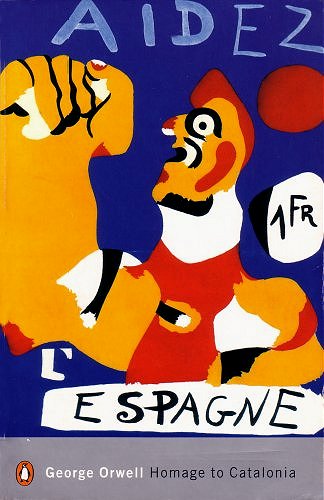 8. Homage to Catalonia by George Orwell (1940). Orwell’s memoir of going to fight on the republican side in the Spanish Civil War combines early Hemingway’s disabused attitude toward war with Leon Trotsky’s talent for political analysis. Through vivid accounts of battle and political machinations, he defines the true meaning of the term Orwellian: “If you had asked me why I had joined the militia I should have answered: ‘To fight against Fascism,’ and if you had asked me what I was fighting for, I should have answered: ‘Common decency.’”
8. Homage to Catalonia by George Orwell (1940). Orwell’s memoir of going to fight on the republican side in the Spanish Civil War combines early Hemingway’s disabused attitude toward war with Leon Trotsky’s talent for political analysis. Through vivid accounts of battle and political machinations, he defines the true meaning of the term Orwellian: “If you had asked me why I had joined the militia I should have answered: ‘To fight against Fascism,’ and if you had asked me what I was fighting for, I should have answered: ‘Common decency.’”
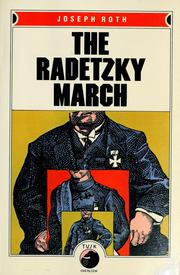 9. The Radetzky March by Joseph Roth (1932). At the Battle of Solferino, a young peasant soldier saves the Austrian emperor’s life, and from that moment forward the fortunes of the von Trotta family are linked with the “Old Man,” Franz Joseph. Roth tracks the decline of the Austro-Hungarian Empire, and the era of honor and order it represents, through the dissolution of the von Trottas, especially the timid, exhausted Carl Joseph, who almost ruins his family through carelessness and risks his life in battle trying to imitate his grandfather’s lost heroism.
9. The Radetzky March by Joseph Roth (1932). At the Battle of Solferino, a young peasant soldier saves the Austrian emperor’s life, and from that moment forward the fortunes of the von Trotta family are linked with the “Old Man,” Franz Joseph. Roth tracks the decline of the Austro-Hungarian Empire, and the era of honor and order it represents, through the dissolution of the von Trottas, especially the timid, exhausted Carl Joseph, who almost ruins his family through carelessness and risks his life in battle trying to imitate his grandfather’s lost heroism.
10. Kaputt by Curzio Malaparte (1944). Troubled by corruption in Rome, Malaparte embraced fascism as a young man. He soon wised up, and his Italian newspaper reports on the eastern front during World War II led the fascists and Nazis to imprison him. Kaputt, an episodic novel drawn from his reportage, juxtaposes the decadence of fascist leaders with harrowing depictions of war, including the murder of Jews in Romania, the siege of Leningrad, and Malaparte’s famous image of horses frozen on Lake Ladoga.